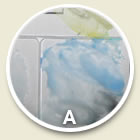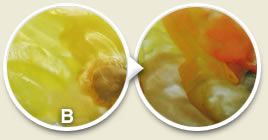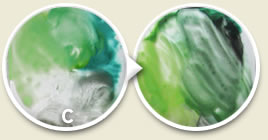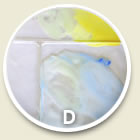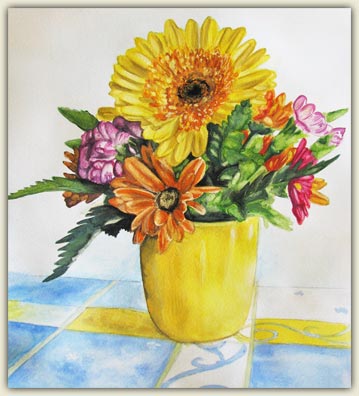Monday 28 May 2018
Wednesday 23 May 2018
Wednesday 16 May 2018
GLOSSARY UNIT 6
- Stand on your head: hacer el pino
- Napkin: servilleta
- Set/ lay the table: poner la mesa
- Sweep: barrer
- Obey: regular
- Environent: medio ambiente
- Save: proteger
- Fight: irregular
- Stall: puesto
Thursday 3 May 2018
WATERCOLOR
The translucent quality of watercolor lends itself well to paintings that are atmospheric, nostalgic, and even otherworldly. The aqueous nature of watercolors accurately captures a sense of timelessness. For this reason, watercolors are an excellent medium for depicting natural scenery, such as landscapes and seascapes, as well as flowers, animals and portraits. Compared to other, more solid mediums (such as acrylic, pastels or oils), watercolors appear to simultaneously reflect light and project a sense of fluidity.
Watercolor paints are pigments held together by a water soluble binder, along with additives and solvents.
Pigments provide the color. The ground pigments are the same as those used for other applications, such as printing inks, cosmetics, and textiles. The proportion of pigments in paint, relative to other ingredients, can vary widely — from under 10% to over 50%.
In commercially made watercolor paints, the binder is either natural gum arabic or synthetic glycol. This is what holds the pigment in suspension. The binder also allows the pigment to adhere to the support once it is applied. Additives, such as plasticizers and humectants, are mixed in to alter various characteristics of the watercolors, such as viscosity and durability of the paint. Other additives include extenders and dispersants.
Artists can create their own watercolor paints using a simple technique involving a small number of basic materials: powdered pigment, gum arabic, and water. Additives are not imperative when creating your own watercolors, so they can be left out.
These are the steps:
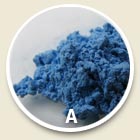
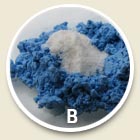
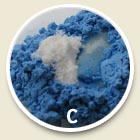
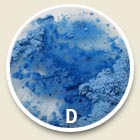
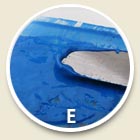
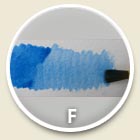
A) A pile of pure ground pigment on a glass palette.
B) Add gum arabic.
C) Add water.
D) Mix with spatula. Adding a few drops of rubbing alcohol helps the pigments disperse.
E) The result resembles watercolor from tubes.
F) The resulting watercolor paint applied to watercolor paper using a paintbrush.
Over the course of painting with watercolor, the paints are continually mixed, as the artist works on the image. This same process is used whether an artist uses watercolors from a pan, watercolors from a tube, or watercolors they made themselves. A solvent (usually water) is used to dilute the paint, and it evaporates once the paint has dried. Below are views of the artist’s palette while working on this floral still life painting:
|
|
|
|
PIGMENTS
VIRDIAN:
Virdian ia a very
stable and powerful cold green. It's a Chromium oxide dihydrate. Guignet of
Paris patented the process for manufacturing viridian or transparent oxide of
chromium in 1859. Its excellent permanence and lack of toxicity could replace
all other greens, both ancient and modern.
Names for
Viridian:
Alternative
names: Guignet's green
Word origin:
The name "Viridian" comes from Latin viridiS: green.
Non-English
names:
Ø German: Chromoxidhydratgrün
Ø French: Vert émeraude
Ø Italian: Verde ossido di cromo
Origin:
artificial
Chromium:oxide
dehydrate
Example of
use by artists
Viridian analysis
spots fake Van Gogh
Vincent Van
Gogh, Café Terrace at Night, 1888, Kröller-Müller Museum, Otterlo.
Van Gogh used
for a painting only some tubes. Never all. For his masterpiece, Night terrace
he used: Prussian blue and viridian and some carmine for the blue air and the
door in the front. Yellows were only chrome lemon and for the orange he used
the chrome lemon and geranium lake.
Studying
paint compositions may give quite specific answers on ancient pigment
production and adds to the armory of forensic research. Analyses on more than
90 paintings from around the turn of the 20th century (Van Gogh, Kandisky,
Hodler, Klee) have revealed that the majority of samples with viridian contain
a production by-product, a low water containing amorphous chromium oxide borate
which is absent in contemporary viridian. In contrast to modern samples of the
post-war period, earlier viridian products are associated with this process
related by-product, amorphous chromium oxide borate. This pigment information
is used in combination with other data for the authentication and dating of
paintings.
Subscribe to:
Posts (Atom)


